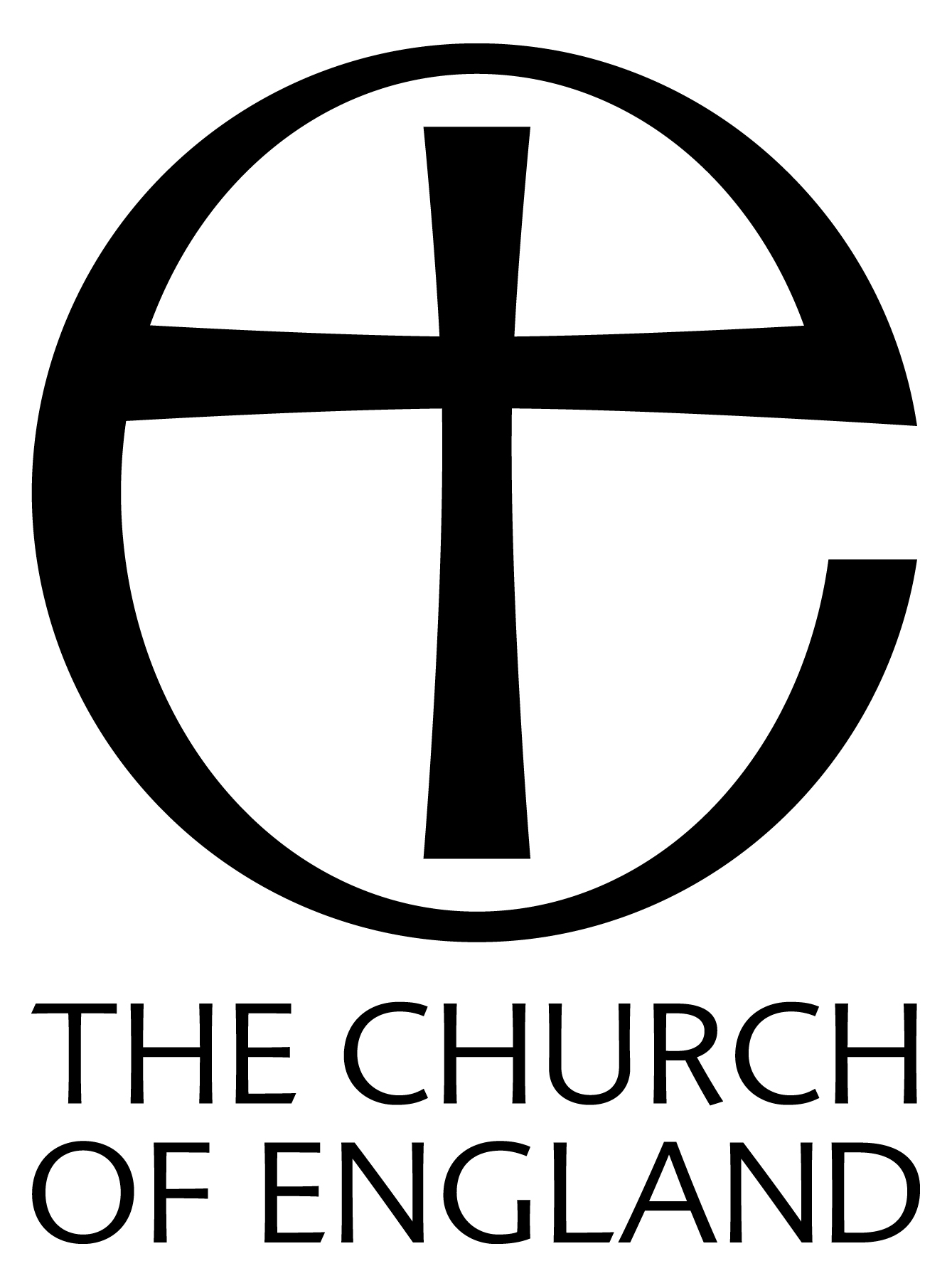36
until 1794. Both events are recorded: "Tax begun act. 2, 1783 " and" Duty taken off Oct. I, 1794." This register records the birth and baptisms of triplets in 1792, "all born this Day," and the burial three years later of another set of triplets, Abraham, Isaac and Jacob, who with their mother were" all buried in one coffin." The same register also records the burial in 1790 of a centenarian, " Elizabeth Gibson, Widow aged 101, Pauper." Drypool was the Garrison Church, so there are many entries referring to the soldiery. The following is connected with an incident recorded in Sheahan's" History of Hull," when the Press-Gang tried to capture a number of sailors returning from the Greenland Fishery. A fight ensued during which two of the gang received injuries from which they died. "John Burnick-mariner of His Majesty's Ship Nonsuch killed with a whale Lance by a man belonging the Blenheim Greenland Ship." His companion was buried six days later, on 9th August 1798.
THE ENCLOSURE OF THE COMMON FIELDS
During the eighteenth century there were two events which completely changed the face of the parish. From time to time there had been a number of small enclosures, but not until the Enclosure of Summergangs in 1748 followed by that of Southcoates in 1764 were mediaeval farming methods finally abandoned. The old Open Fields with their bundles of strips disappeared, and were replaced by farmsteads surrounded by neat, trim hedgerows. The prime mover in both enclosures was Charles Poole, the Lay Proprietor of the Tithes.
HOLDERNESS HOUSE
Soon after the Summergangs Enclosure, land allotted to Mr. William Constable on the north side of Holderness
|
37
Road passed into the hands of a Mr. Hall, who built a house there called Summergangs House. A sale bill of 1785 describes it as " new-built, commanding a beautiful expansive view of the Humber." Subsequently it became the property of John Kirby Pickard, who was Deputy Recorder of Hull, a personal friend of the Prince Regent, and whose father was the first big manufacturer of white lead in Hull. This was produced at the Hull Lead Works on North Walls. Pickard became very wealthy, and somewhere about 1800 modernised the house by adding a semi-circular porch and balconies to the front. The supports of these were Roman fasces. Soon after this, misfortune compelled him to sell the house, and he himself died in penury.
The property eventually came into the ownership of two brothers-Mr. William Empson and Mr. Boswell Middleton Jalland-both of whom were active in the affairs of the parish. They erected the present mansion to the designs of Mr. James Clephan of London, the builders being Messrs. Hutchinson & Son, of Hull, whom we shall meet again later. This house in the Elizabethan style was built in 1838. In later times it became the residence of the Rt. Honourable Thomas Robinson Ferens, General Manager, and later Joint Chairman of Reckitts, and on his death became a home for retired ladies.
THE GROWTH OF INDUSTRY IN THE PARISH
The eighteenth century saw other changes in the parish. Gradually shipbuilding, rope-making, seed crushing and sugar manufacturing, first established on the Sculcoates bank of the river, spread into the Sutton portion of Drypool also. Early in the century John Spyvee had founded his business of rope-making. In 1732, the Thorntons, to be mentioned again later built their sugar house, an illustration of which appears in Gent's" History of Hull," 1735, with its dimensions, and the curious fact
|

